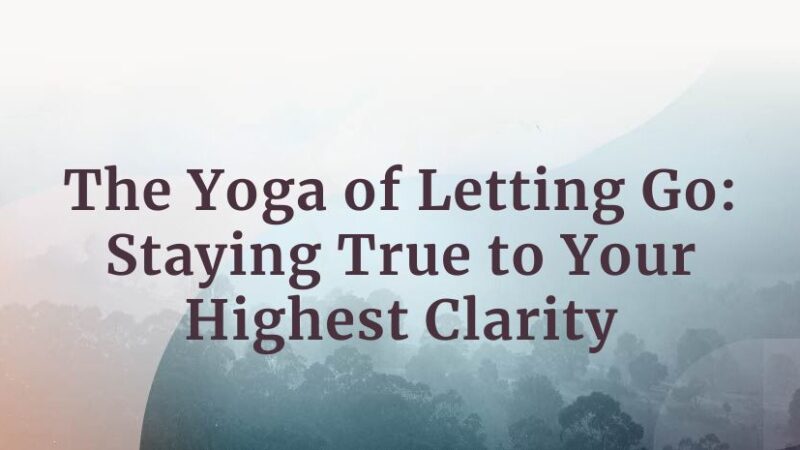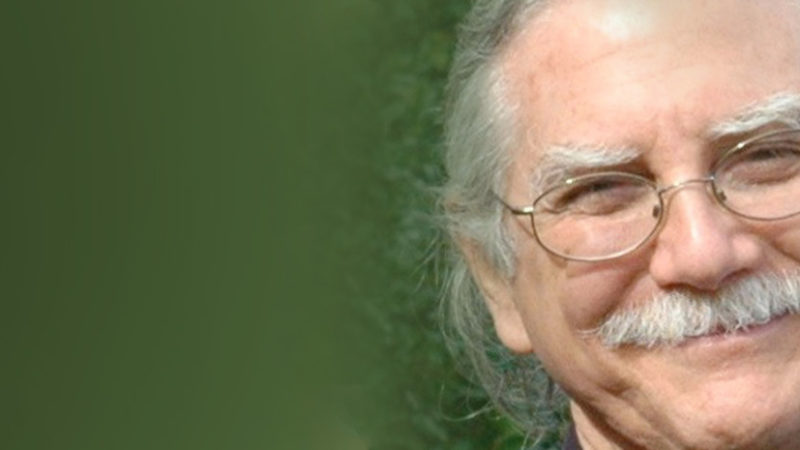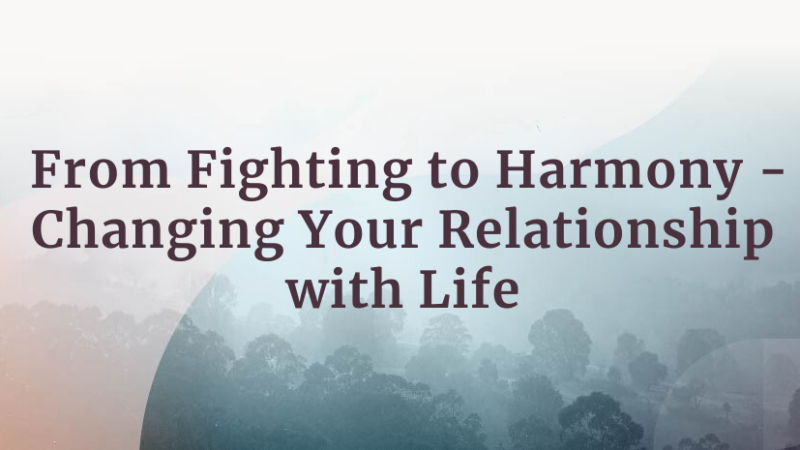Elizabeth Earnshaw: ‘Til Stress Do Us Part
What if the problem in your relationship isn’t you or your partner but the mountain of stress you’re both dealing with? It’s a no-brainer to say that too much stress kills intimacy, but what do we really mean when we say “stress”? And what can we actually do about it? In this podcast, Tami Simon speaks with couples therapist and author Elizabeth Earnshaw about her new book, ’Til Stress Do Us Part: How to Heal the #1 Issue in Our Relationships.
Give a listen for a wealth of actionable insights and wise approaches to navigate and manage the stressors in your relationship, including how to comfort a partner under stress; the art of nervous system co-regulation; awareness: the prerequisite for change; learning the signs of dysregulation and how to self-soothe; Gottman’s “Four Horsemen”: criticism, defensiveness, stonewalling, and contempt; stress as a physiological cycle; step one: identify your own stressors; the narrative of a gap between who you are and who you want to be; intentional sacrifice; making structural changes that make life less stressful; discernment around what we can and cannot control; and more.
Note: This episode originally aired on Sounds True One, where these special episodes of Insights at the Edge are available to watch live on video and with exclusive access to Q&As with our guests. Learn more at join.soundstrue.com.









